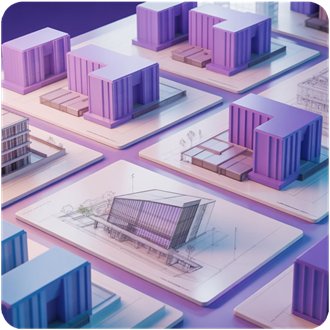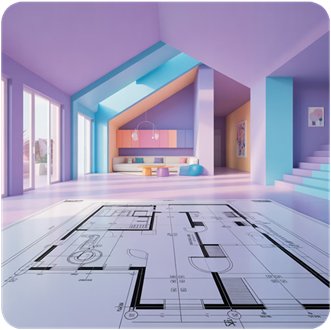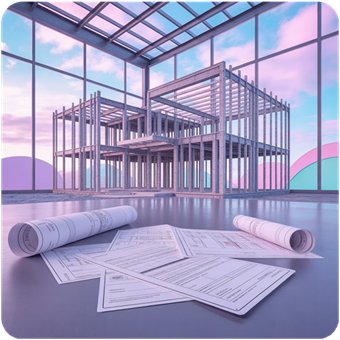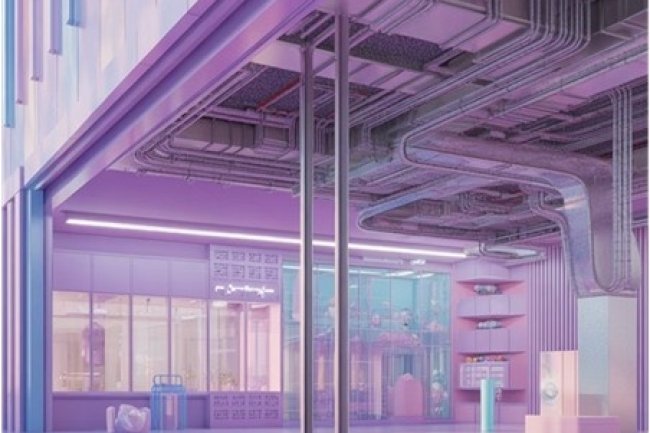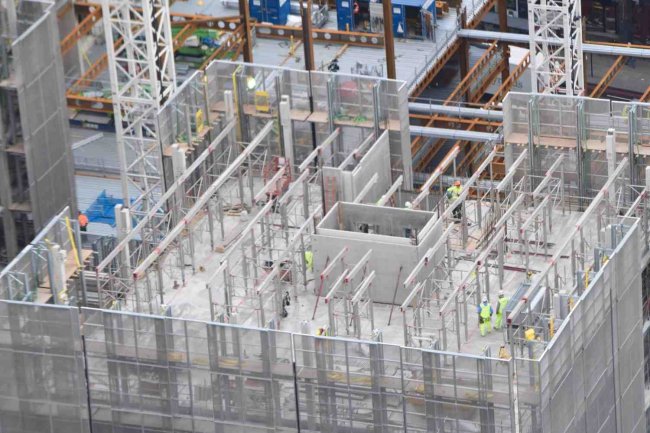BIM for Sustainable Architecture: Energy Modeling and Performance Analysis
Building Information Modeling (BIM) has evolved from a design coordination tool into a powerful platform for sustainable architecture. Today, architects and engineers use BIM to predict, analyze, and optimize building energy performance before construction begins—saving costs, reducing environmental impact, and creating spaces that perform better for occupants.

Why Energy Modeling Matters in Modern Design
|
Energy consumption in buildings accounts for nearly 40% of global carbon emissions. As sustainability regulations tighten and clients demand greener solutions, energy modeling has become essential—not optional. Traditional design methods rely on guesswork and post-construction audits. BIM-integrated energy analysis flips this approach, allowing teams to simulate building performance during the design phase when changes are still affordable and feasible. |
|
How BIM Enables Energy Analysis
BIM creates a single source of truth containing geometry, materials, orientation, and system specifications — all critical inputs for energy simulation.
Integrated tools run energy models directly from BIM data, analyzing heating, cooling, lighting, and ventilation loads throughout the year.
Teams test multiple scenarios — different glazing types, insulation levels, or HVAC systems — and compare results within hours instead of weeks.
BIM automatically generates reports for LEED, ASHRAE, or local energy codes, streamlining certification and approval processes.
Key Benefits of BIM-Based Energy Modeling
Cost Reduction
Early identification of energy inefficiencies prevents expensive retrofits. Optimized systems reduce operational costs by 20-40% over the building's lifecycle.
Environmental Impact
Lower energy consumption means reduced carbon footprint. BIM helps achieve net-zero targets and supports sustainable building certifications.
Accurate Predictions
Sophisticated algorithms account for climate data, occupancy patterns, and equipment schedules to deliver reliable performance forecasts.
Enhanced Collaboration
Architects, MEP engineers, and energy consultants work from the same model, ensuring everyone sees the impact of design decisions in real time.
Popular Energy Analysis Tools in BIM Workflows
Several software platforms integrate seamlessly with BIM to provide energy modeling capabilities. Understanding which tools fit your project needs is essential for maximizing efficiency.
Autodesk Insight
Cloud-based energy analysis built into Revit. Provides quick feedback on design alternatives with minimal setup, ideal for early-stage decisions.
IES Virtual Environment
Comprehensive simulation platform covering energy, daylighting, and thermal comfort. Suited for complex projects requiring detailed analysis.
DesignBuilder
User-friendly interface with EnergyPlus simulation engine. Balances ease of use with advanced modeling capabilities for mid-to-large projects.
Sefaira
Real-time performance feedback during design. Focuses on speed and simplicity, helping teams explore more options in less time.
Practical Applications Across Project Phases
|
Conceptual Design
|
Design Development
|
Construction Documentation
|
|
At Consac, we integrate energy analysis throughout the design timeline, helping clients make informed decisions that balance performance, aesthetics, and budget. Our BIM workflows ensure sustainable strategies are embedded from concept through construction. |
||
Building a Sustainable Future with BIM
BIM-integrated energy modeling transforms sustainable architecture from aspiration to reality. By simulating building performance early and often, design teams create spaces that use less energy, cost less to operate, and provide healthier environments for occupants.
The technology continues evolving—machine learning algorithms now suggest design optimizations, and real-time sensor data feeds back into models for continuous improvement. As climate concerns intensify and regulations strengthen, BIM will remain central to delivering high-performance, sustainable buildings.
Ready to optimize your next project? Start integrating energy analysis into your BIM workflow today. The investment in better modeling pays dividends in lower energy bills, faster approvals, and buildings that stand the test of time.
What's Your Reaction?








